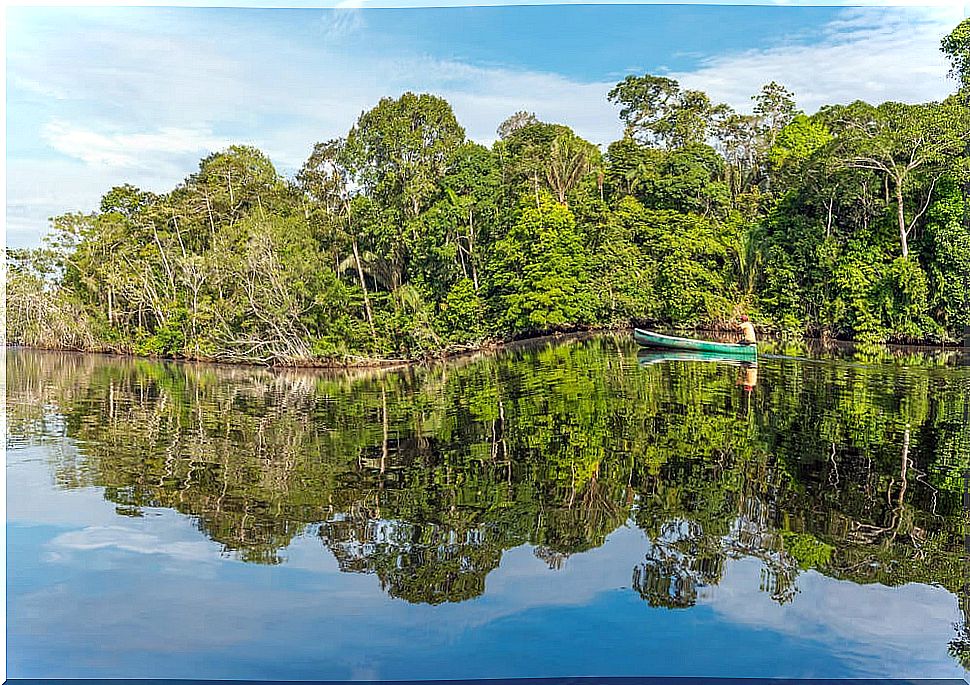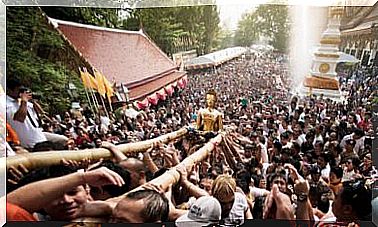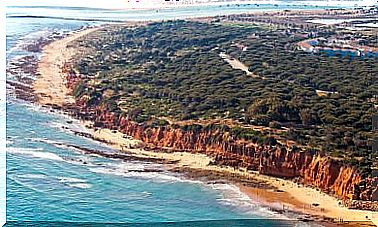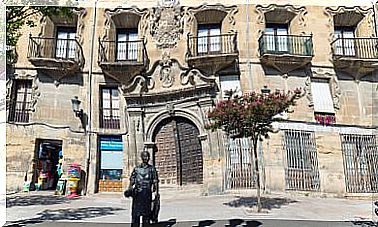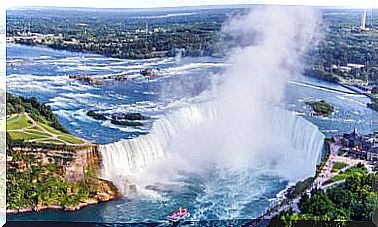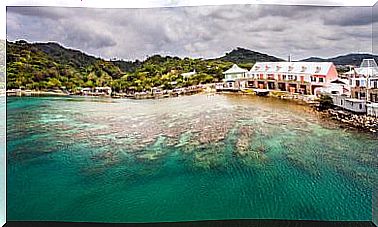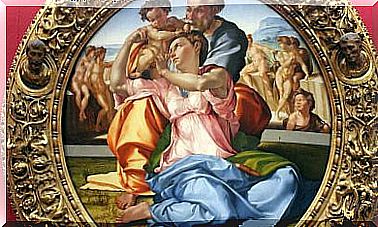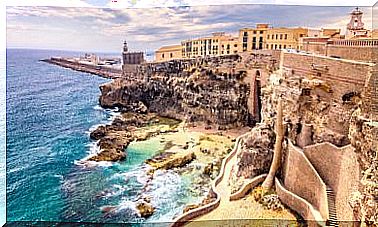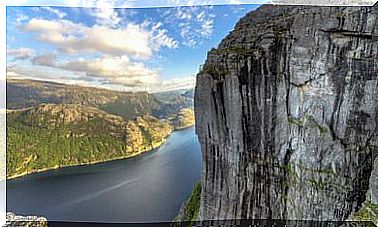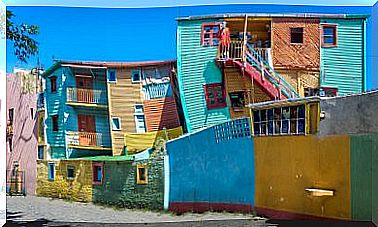Manu National Park: The Most Protected Reserve In Peru
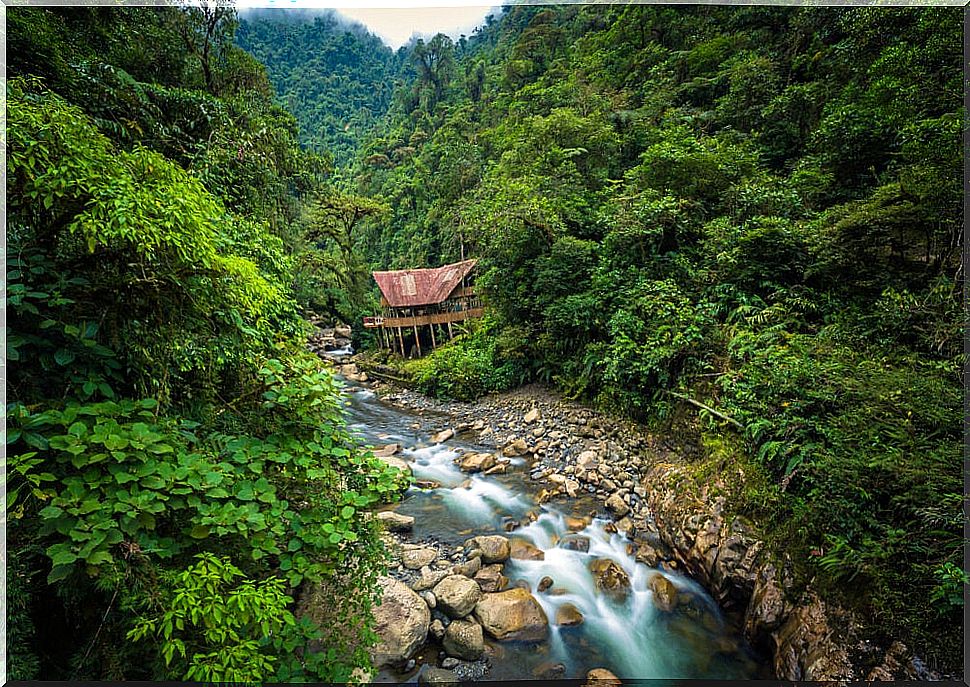
The Manu National Park is a protected natural reserve located in southeastern Peru, in the provinces of Paucartambo, in Cusco, and Manú, in Madre de Dios. It has an area of more than 1,700,000 hectares that includes landscapes of low jungle, jungle and highlands.
We want to show you what are the wonders of the Manu National Park, those that make it the most protected natural reserve in Peru. We will also write down some practical information, in case you want to visit the park. Can you come with us?
Manu National Park, Biosphere Reserve
The National Park was created on May 29, 1973. Five years later, Unesco recognized it as a Biosphere Reserve and in 1987 declared it a Natural World Heritage Site. Within its territory are the territorial reserve of the Kugapalori and Nahua ethnic groups, the Amarakaeri Communal Reserve and the Megantoni National Sanctuary.
The Manu region, unknown space
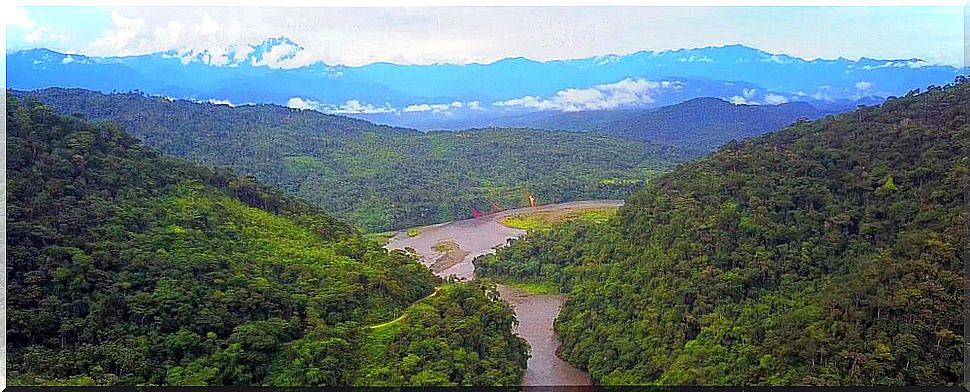
The Manu region has been an impenetrable region. The Incas, in their expansive eagerness, tried unsuccessfully to enter it. The only thing they managed to do was to maintain commercial relations with the warrior inhabitants of the region to obtain colorful feathers, hallucinogens and medicinal plants.
With the arrival of the Castilians, the myth of El Dorado was built around this territory. It was thought that after the murder of the Inca Atahualpa, huge amounts of gold and silver had been buried in the region. This prompted several explorations. All of them ended tragically.
Thus, during the three centuries of colonial rule, the Manu jungles remained unknown. In the 19th century, the rubber rush attracted thousands of adventurers to the region, who for more than 20 years exploited the region. But, when the rubber boom ended , they left the territory.
Until the 70s of the last century, the region was forgotten again, until other activities began to become popular. Hunting, the fur trade and the exploitation of different woods made this place the center of operations for new adventurers.
This new impulse also sparked interest in the biological resources of the Manu region. For this reason, in 1968 the Peruvian authorities organized an expedition through the Manu River basin. Following the reports derived from this expedition, the government decided to declare Manu a national park.
Natural wonders of Manu
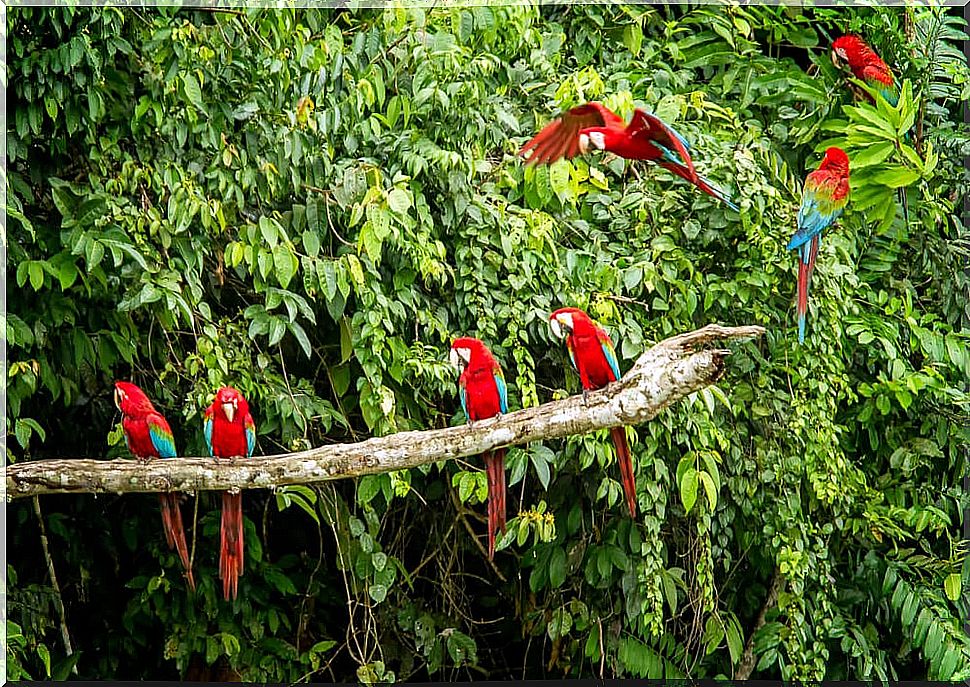
The Manu region is one of the most biodiverse regions in the world. There are 16 natural ecosystems that we can find in the park, all practically intact. To give an example of this richness, in the tropical forest, in a perimeter of four km², 1200 vascular plants have been detected.
In a single hectare of rainforest, they recorded 41,000 species of insects. There have also been 223 species of mammals and 1005 of birds. Along with this, the Manu National Park holds the world record for diversity of amphibian and reptile species in a protected area.
What are the objectives of the park?
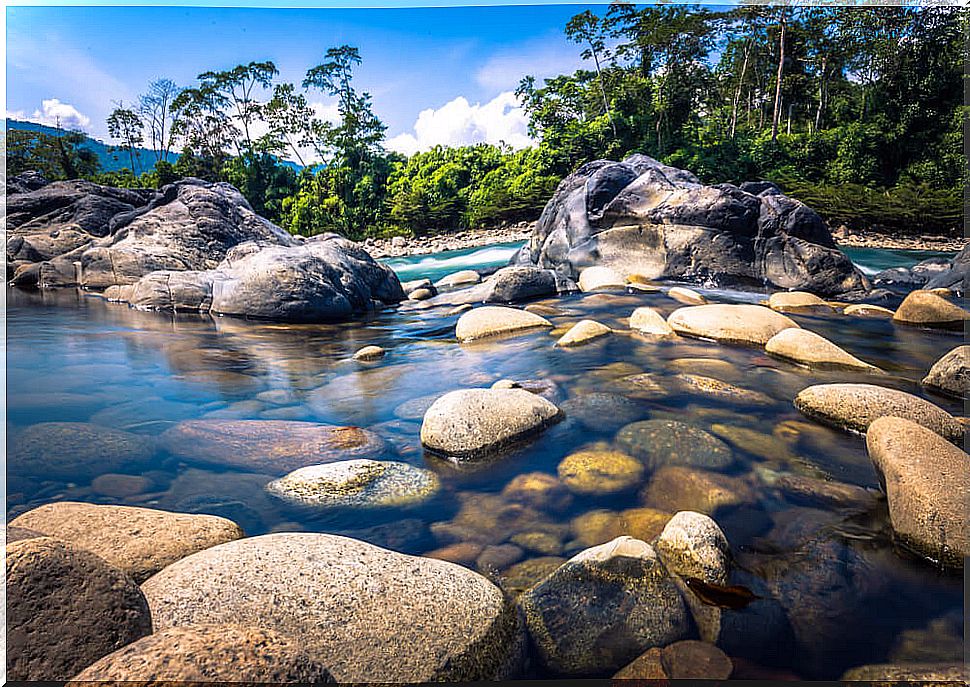
The objectives that were set to carry out with the establishment of the park were several. In general terms, the following stand out:
- Conserve representative samples of biological diversity from the tropical forest of southeastern Peru.
- Contribute to regional development through research.
- Promote tourism based on ecological and culturally compatible criteria.
- Promote and facilitate research, education and recreation.
- Contribute to the preservation of archaeological heritage.
The existence of the park also contributes to the recognition and protection of cultural diversity and the self-determination of indigenous peoples. Most of the park is indigenous territory. The communities of the Yora, Mashko-Piro, Matsiguenka, Harakmbut, Wachipaeri and Yine reside there. There are also 30 Quechua communities and uncontacted indigenous populations.
The national park areas
To meet these objectives, the park is divided into three large zones : the national park, the reserved zone and the transitional or cultural zone.
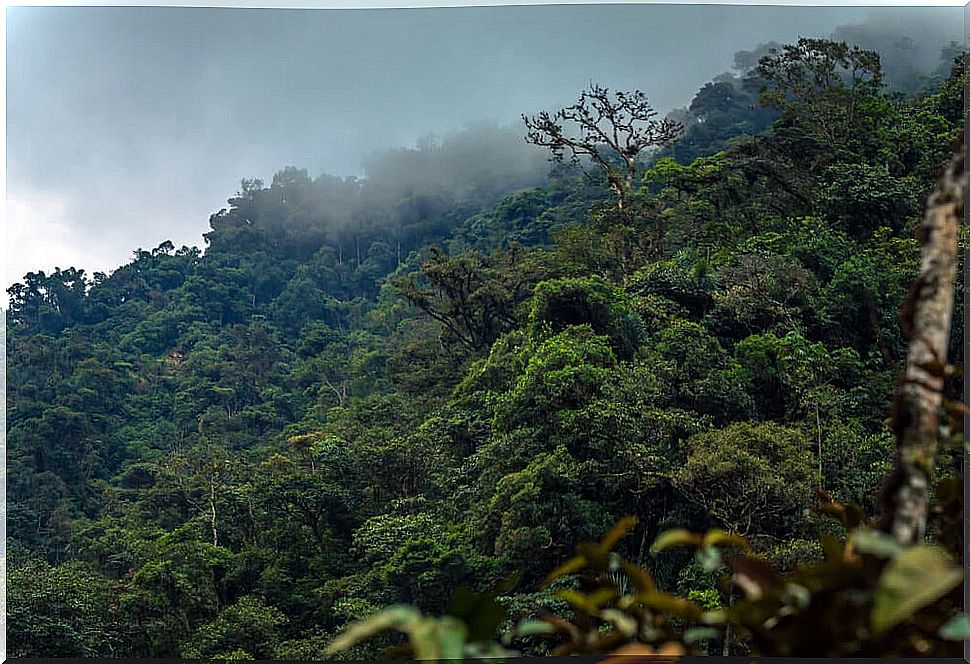
The National Park
This area is exclusively intended for protection and only biological and anthropological research and observation activities are allowed in it. To carry out these investigations, the Cocha Cashu biological station was built, a world reference center in tropical forest research.
The reserved area
In this area, located in the lower part of the Manu River, both tourist activities and research with minimal manipulation are allowed. Of course, tourist visits can only be made through authorized agencies and are highly controlled. The reserved area extends from the Panagua River to Boca Manu.
The cultural or buffer zone
The banks of the Madre de Dios River and the high Andean territories that limit the south of the reserve are known as cultural zones. In it there are colonist populations that carry out activities necessary for life: agricultural, livestock and forestry. In addition, there are basic health and education centers there.
The visit to the Manu National Park
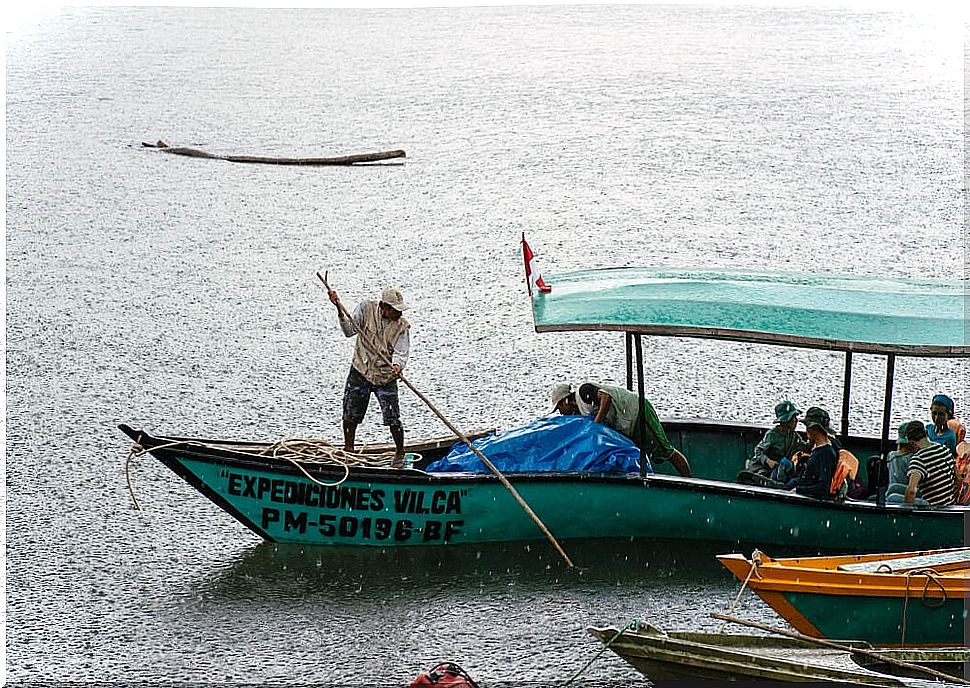
The collapas, habitat of flocks of guayamayos and other species, are one of the main attractions. It is advisable to go to the Tres Cruces viewpoint to appreciate the sunrise. The position of the viewpoint allows you to see two totally different landscapes: the Andean highlands and the cloud forest.
Inside the park there is a metal tower of about 18 meters that makes it easier to observe the birds and the immensity of the forest from the tops of its trees. There is also an interpretation post at the Limonal lookout post.
To visit the park it is advisable to wear light and light clothing, bathing suits, sandals and mosquito repellent. The rainy season is from January to March, but that does not mean that outside of that time it does not rain. Therefore, it is advisable to wear something waterproof. It is recommended to travel from April to December.
Due to the height of the place, there is a risk of suffering from altitude sickness. For this reason, it is advisable to hydrate with coca infusions and carry medications to alleviate the effects of the disease. You also need to get vaccinated against yellow fever up to 72 hours in advance.
